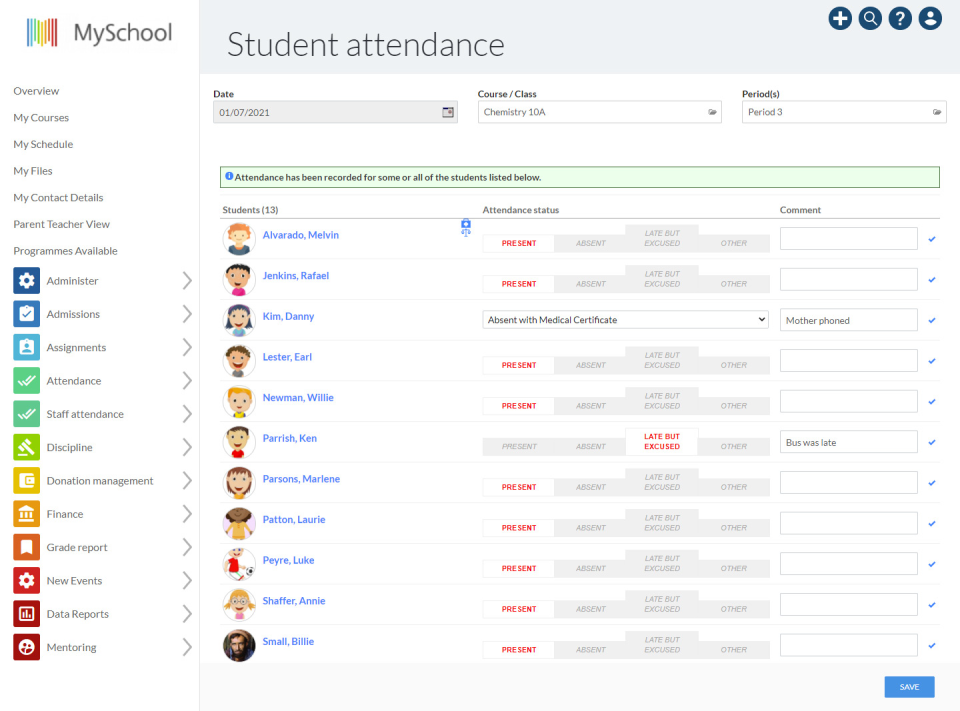


As previously mentioned, real estate and school districts ultimately go hand in hand. School performance can also be a determining factor in if a school district stays the same or not. Though this change may be suitable for some, it is not for all. If you are an individual living on the borderline, a district change could make or break your property’s value if you are shifted to a lower-performing district. As new development is built and districts are reworked, some individuals may find their property value weakening with the shift. Urban development is also an area that can negatively affect the real estate of a neighborhood. Currently, the largest district resides in New York and posses almost 1 million students. This development has the power to drastically shift the number of students in an area and create shifts in the community’s school district boundaries. Urban DevelopmentĪnother reason that school districts may change is due to the development of new buildings and homes. Though some schools may reside in the same city, the district boundaries may create a racial imbalance in the schools.

Another issue that may arise is racially biased schools. Some parents may take issue with how district boundaries are set as some shifts may further disadvantage already underprivileged schools. Usually, as schools begin to shift, the districts will also shift to accommodate students and retain the maximum amount of funding. As the populations in communities shift or domestic migration occur, school districts will often change to reflect this. Demographic & Population Changesĭemographic changes are one primary reason that school districts may change. Circumstances in your communities may also vary, leading to a change in the district numbers. This list can include a number of different reasons. The options listed below are only a tiny subset of why districts may change. Many districts only require a school board vote or other feasible reason why the district needs to change. Although it is unlikely this will happen very frequently, there is still the possibility.
MYSCHOOL CODE UPDATE
Schools districts can continuously update as they see fit. The answer to this question is a resounding yes. This leads us to our next question, do school districts change? Charter schools and private schools are not included in these numbers. This number includes more than 55 million students. This includes elementary and high schools. These districts are made up of public schools. Overall, as of 2020, there were 16,800 school districts. However, states like Maryland, Hawaii, and Nevada are holding tight at the bottom of the list with the fewest districts. This includes 1200 districts in Texas, 1165 in California, and 1088 in Ohio. States like Texas, California, and Ohio are among the three states with the most significant number of school districts in the country. How Many School Districts are in the USA?Įach state in the United States is uniquely populated and has a varying number of students. Some numbers will also be significant to identify a key factor about the school district.
MYSCHOOL CODE CODE
In some states, this code will represent the district’s name in numerical form. The numbering conventions and significance behind school district numbers may vary by state. Each state has a varying number of districts and schools that make them up, including elementary, middle, and even high school. School districts are often made up of several cities or towns within a state. Each school district also has different identifiers, one of the most frequent being the district code.Ī school district code is a unique identifier that helps people identify the school system that applies to their territory. They are generally governed by the same authority and follow the same set of rules. If you are unfamiliar with what a school district is, it is a collection of schools that are in a specific area. Wrapping Things Up: What is My School District Code? What is a School District Code?


 0 kommentar(er)
0 kommentar(er)
